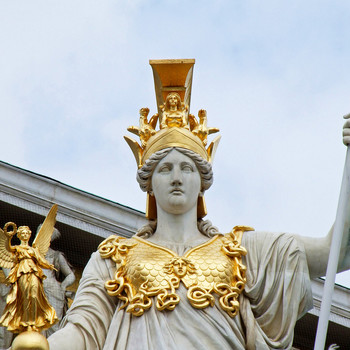How is the Chaos Theory applied to astronomy?
1 Answer
Interactions in space can be "Chaotic" because of the instability of space.
Explanation:
Let me just say first that almost any math concept can be applied to science provided it does not break universal laws (Looking at you Omega).
Chaos Theory requires a system to be easily susceptible to change. In an open system like space, this applies because of the numerous ways variables can change and be introduced.
Lets look at Earth for example. (Yes, Earth is "space"). Earth is quite well known for harboring life. Now, the formation of Earth started with a giant ball of magma caught in the orbit of the Sun in the Goldilocks Zone. Then, something crashed into Earth that caused our moon to form. Eventually the Earth cooled down and started to form rock. How exciting! Next big thing that happened was that Earth got some microorganisms (we don't know how yet) and they evolved and the rest is history.
The reason I tell this story is to show you how "chaotic" space is. Lets say earth gets knocked into a wider orbit by another object. Now Earth is out of the habitable zone and, oh no, even if we still got the organisms from wherever Earth got them the organisms would die. Earth might not even had a moon because its trajectory is different.
If one variable is changed, even slightly, a whole solar system can be altered. That's how the Chaos Theory applies to Astronomy.

